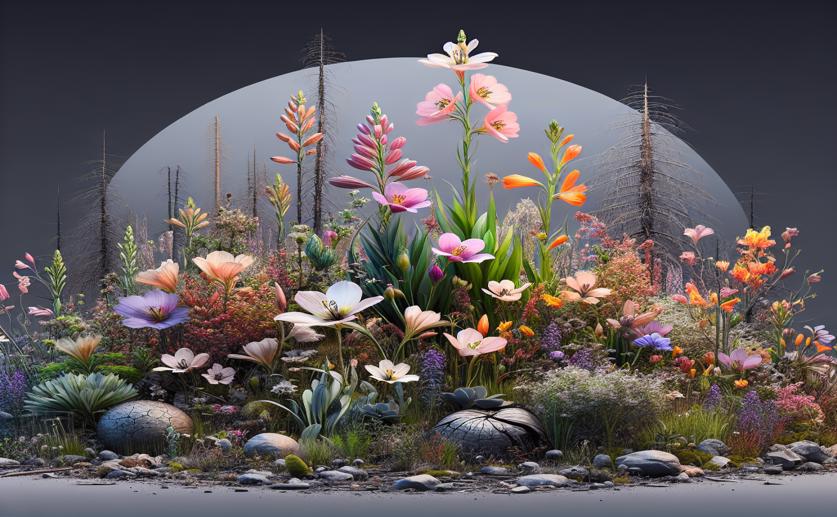
How Wildfires Trigger Plants to Bloom Together
Mary Jones
17th February, 2024

Image Source: Natural Science News, 2024
References
Main Study
1) Masting, fire-stimulated flowering, and the evolutionary ecology of synchronized reproduction.
Published 16th February, 2024
https://doi.org/10.1002/ecy.4261



 29th January, 2024 | Greg Howard
29th January, 2024 | Greg Howard